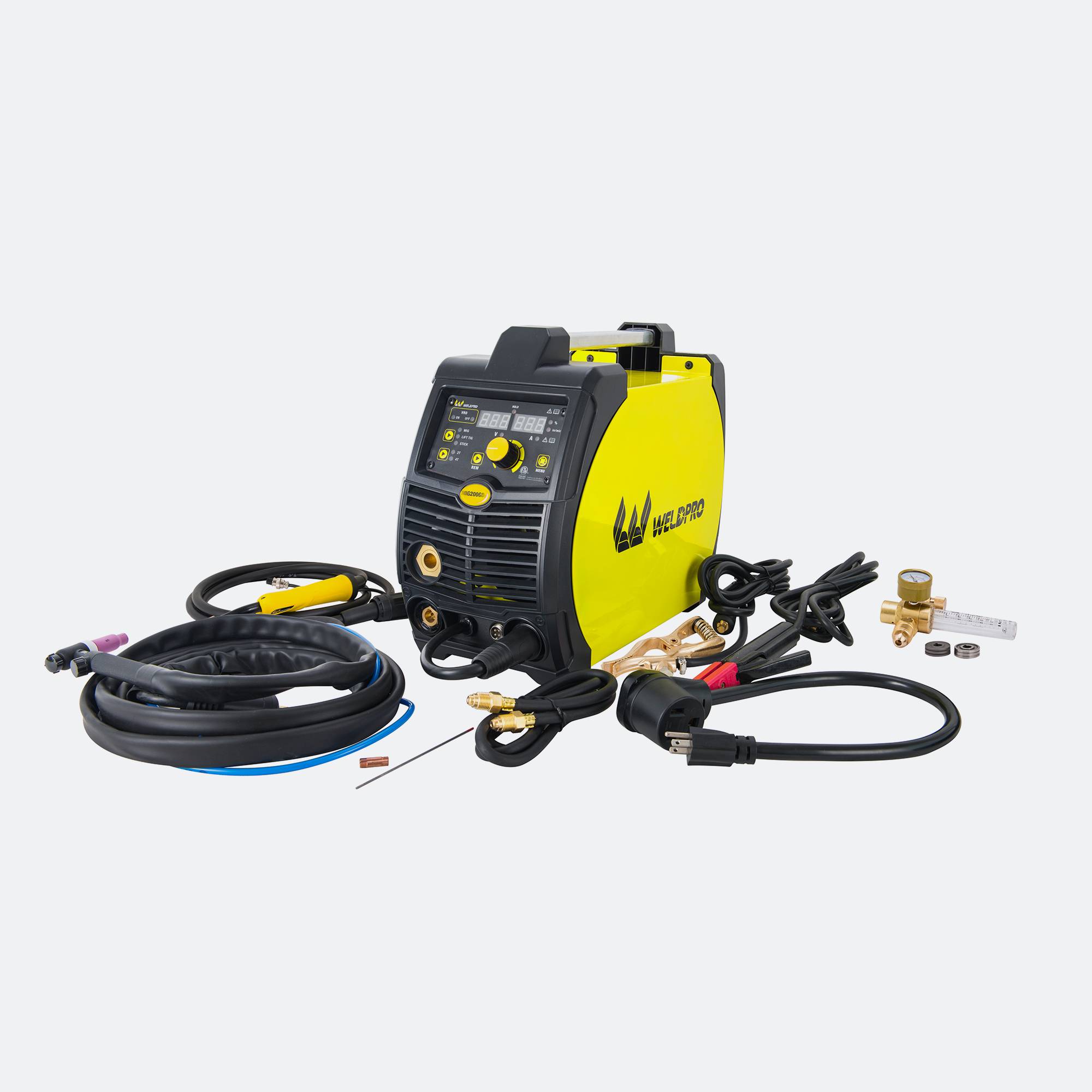 Where To Buy
Where To Buy  Sign In
Sign In-
Cart
Loadding...
Digital TIG welding technology has significantly transformed the welding industry, offering a wide range of benefits for both pr
Digital TIG welding technology has significantly transformed the welding industry, offering a wide range of benefits for both professional welders and industrial applications. As the demand for precision and efficiency continues to rise, the digital TIG welder has become a popular tool in various sectors, including automotive, aerospace, and manufacturing. By utilizing advanced digital control systems, this welding technology enhances the quality and consistency of welds, making it a preferred choice for a variety of welding tasks.
One of the key advantages of a digital TIG welder is its ability to provide highly accurate and precise control over the welding process. Traditional TIG welders rely on manual settings, which can sometimes advance to inconsistencies and variability in the quality of the weld. With a digital TIG welder, the welder can easily adjust settings such as amperage, pulse frequency, and gas flow through intuitive digital controls, resulting in more consistent and reliable welds. This level of precision is particularly important when working with thin materials or when intricate welds are required.
Another significant benefit of the digital TIG welder is the enhanced ease of use it provides. Modern digital TIG welders are designed with user-friendly interfaces that allow welders to quickly and efficiently adjust settings without the need for complex manual adjustments. This intuitive operation reduces the learning curve for new welders and enhances productivity for experienced professionals. Moreover, many digital TIG welders feature pre-set programs or modes tailored to specific applications, making it even easier to achieve good results with small effort.
The increased energy efficiency of digital TIG welders is another noteworthy benefit. Digital technology allows for better control over the welding parameters, which in turn helps to reduce power consumption. In conventional TIG welding, fluctuations in power usage can advance to wasted energy and unnecessary costs. However, a digital TIG welder ensures that the correct amount of energy is applied at all times, less waste, and increases the efficiency of the welding process. This results in both cost savings and a more environmentally friendly operation.
Digital TIG welders also offer improved welding speed compared to traditional models. With digital control systems, welders can fine-tune the welding process in real time, allowing them to achieve faster weld speeds without compromising quality. This increased speed can significantly improve overall production rates, especially in high-demand industries where time is a critical factor. In addition, digital TIG welders can support pulse welding, which is beneficial for creating smooth, high-quality welds with reduced heat input, thus speeding up the process even further.
Durability and reliability are crucial factors in any industrial tool, and the digital TIG welder excels in these areas as well. Many digital models are built with rugged components designed to withstand the demanding conditions of industrial environments. These machines often feature enhanced cooling systems to prevent overheating, ensuring that the welder remains functional over extended periods of use. Furthermore, digital TIG welders are equipped with advanced error detection and correction systems, helping to prevent malfunctions and maintain consistent performance throughout the welding process.
In addition to these practical benefits, the digital TIG welder also offers improved safety features. Traditional welding machines often rely on manual adjustments, which can advance to operator error and potential safety hazards. Digital TIG welders, on the other hand, come equipped with built-in safety mechanisms, such as automatic shutoffs and alarms for over-temperature or over-voltage conditions. These safety features help to reduce the risk of accidents and injuries, ensuring a safer working environment for welders.
The versatility of the digital TIG welder is another reason for its growing popularity. This type of welder is capable of welding a wide range of materials, including stainless steel, aluminum, and titanium. By adjusting the settings on the digital interface, the welder can tailor the machine’s output to suit the specific material being welded, ensuring good results for different applications. Whether it’s for delicate, thin materials or heavy-duty industrial welding, the digital TIG welder can handle it all.
Maintenance of a digital TIG welder is also more straightforward compared to traditional models. Many digital welders feature self-diagnostic systems that can alert the operator to potential issues before they become major problems. This allows for timely repairs and reduces downtime, which is critical in a fast-paced industrial setting. Additionally, the digital nature of these welders means fewer mechanical components that could wear out over time, pilot to lower maintenance costs and improved reliability.
Finally, the ability to integrate a digital TIG welder with other modern technologies further enhances its functionality. For example, many digital TIG welders can be connected to computer systems for remote monitoring, enabling welders and managers to track performance and make adjustments as needed. This connectivity allows for better control over production quality and provides valuable data for future process improvements.
In conclusion, the digital TIG welder offers numerous advantages, ranging from precise control and energy efficiency to enhanced safety and reliability. As industries continue to evolve and demand higher levels of performance, the digital TIG welder stands out as a key tool for achieving advanced welding results. By embracing this advanced technology, welders can improve their efficiency, reduce costs, and produce higher-quality welds, making it an invaluable asset in today’s competitive industrial landscape.
Subscribe to Our Newsletter!